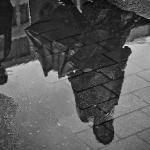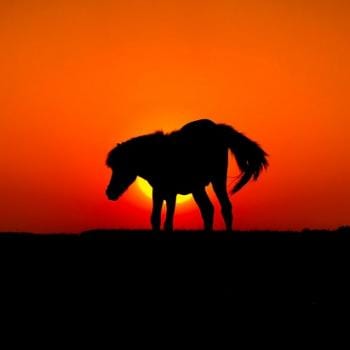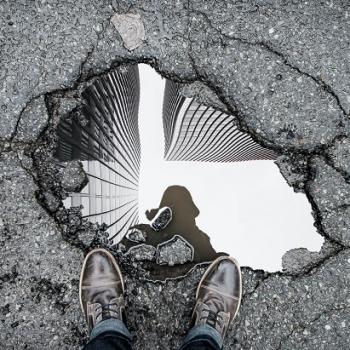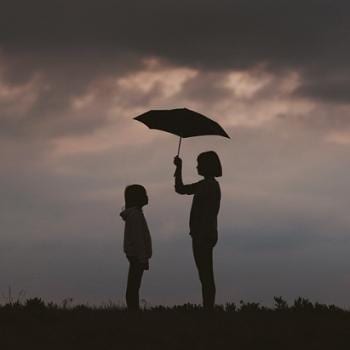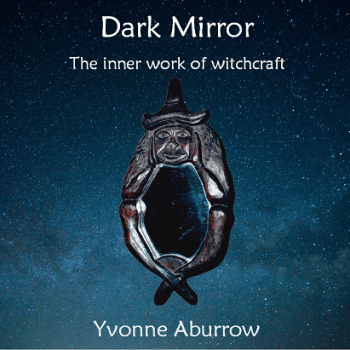Hello, beautiful creatures, and happy new Western calendar year! Now that we’ve stepped out of the radioactive dumpster fire that was 2017 and into what I’m certain will be the Lisa Frank rainbow-kitten-cupcake paradise of 20181, I thought it might be nice to start things off with a bit of fluff about deities and role-playing games. Yes, I know, the last time I said that I wound up ranting at some length about issues of consent in Pagan, polytheist, and magical practice… but I mean it this time!
Well, kind of.
As I’ve written previously, part of my early exposure to the wonderful world of polytheism, paganism, and magic was mediated through the Dungeons & Dragons role-playing game. I realize this is nowhere near as cool and legitimate as being born into a family tradition or initiated by the local neighbor lady who just happened to be the last scion of a dying line of witchcraft, but hey, we work with what we’ve got, right? And honestly, D&D was far from the worst introduction I could’ve had. It excited me about multiple genres of fiction, strengthened my imaginative faculties, and encouraged me to explore and understand the vast array of spiritual traditions throughout history. More than that, it introduced me to the idea that there were ways of being a spiritual person beyond the handful of Christian denominations I’d encountered. There were so many gods in the world! Gods who weren’t Abrahamic, gods who weren’t white, gods who weren’t men. There were gods who weren’t boring and ordinary, who weren’t essentially my friends’ parents writ large.
As a white kid from a multiethnic family growing up in the suburban central California of the 1980s, this was pretty exciting stuff. It was made all the more exciting when I encountered the 1980 D&D supplement book Deities & Demigods, a compendium of gods, demigods, and heroes2 with whom players can interact, drawing from various historical and fictional pantheons. Entering my life when it did, right around the same time I was plowing my way through Hamilton, Bulfinch, and the d’Aulaires, Deities & Demigods built a tidy little bridge between their historical mythologies and the epic sword-and-sorcery games and novels that formed a large chunk of my worldview. It encouraged me to see gods not merely as characters in a book, but as beings with whom I could actually interact… even if in the context of a glorified game of “let’s pretend.”
So, allow me to introduce you to the first god with whom I truly felt any sort of resonance or kinship.
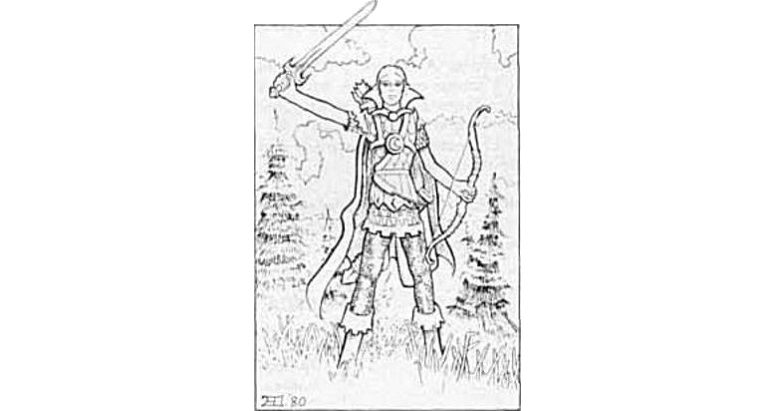
“Corellon is alternately male and female, both or neither.”
In other words, the makers of Dungeons & Dragons published an official rulebook in 1980, for a game widely thought of as a nerdy kids’ pastime, in which the primary figure of a major race’s pantheon was a nonbinary, genderqueer, transgender deity. If you’re having trouble envisioning this, Stranger Things offers up a reasonably faithful recreation of the common view of D&D at the time in the first few minutes of the first episode. Watch that, then consider: those adorable little kids understood the idea that Corellon Larethian’s gender was “both or neither” perfectly well, thank you very much.

Not bad for a “kids’ game.”
Nor was this an oddity unique to a single book from the early days of D&D. The recent 5th edition Player’s Handbook, published in 2014, ratifies the canonical state of Corellon’s gender as “all and none” on page 121, and expands on its implications: “The elf god Corellon Larethian is often seen as androgynous or hermaphroditic, for example, and some elves in the multiverse are made in Corellon’s image.” It’s worth noting that this passage is part of a larger paragraph about D&D players not needing “to be confined to binary notions of sex and gender” when creating their characters3.
So, if both the makers and the players of Dungeons & Dragons could wrap our delightfully nerdy little heads around the existence of queer gods—transgender, nonbinary, genderqueer, androgynous, hermaphroditic gods—in the same year that Ronald Reagan was elected president, and if those same makers and players today can cheerfully countenance gods, characters, and the players themselves being of any gender (or none at all!), I’m left with an uncomfortable question: what exactly is the modern Pagan and polytheist communities’ excuse for failing to do the same?
I mean, we don’t even have the excuse of scarcity. There are several notable deities across various historical pantheons who’ve queered gender in a variety of ways: Aphrodite and Dionysus from the Greeks, Ymir and Loki from the Norse, Lilith from Mesopotamian and Jewish mythology, the Man in Black in some forms of traditional witchcraft, and numerous others. Our gods have always been queer in one way or another, have always resisted convenient categorization. Similarly, people who queer gender, like people who queer sexuality, are hardly a modern phenomenon. They’ve always been with us, as far back as we care to research… if we’re honest with ourselves, that is.
In the end, the boxes into which we shove other beings, whether human or divine, say far more about our own insecurities and biases than they do about the beings themselves.
More on this anon, as ever. Until then, dear ones, let’s start smearing cupcake frosting all over 2018, shall we? ♥
- Let me dream, okay?
- Fun fact: Gods, Demi-Gods & Heroes was actually the title of the original D&D supplement predecessor to Deities & Demigods.
- Yes, I’m aware there’ve been numerous whiny man-children venting a lot of pearl-clutching arsedribble about “social justice warriors ruining D&D” with their overt acceptance of genderqueerness, including an enthusiastic inclusion of transgender characters and players. As with the similar nonsense around the latest Star Wars movie, a careful alchemical distillation of this arsedribble will reveal its constituent elements as the usual whiny man-child toxicity: sexism, racism, homophobia, transphobia, and a complete failure of critical thinking.


